The Cypress Hills are an unexpected gem, showcasing one of Canada’s most enchanting landscapes with their unique combination of grasslands, forests, and elevated terrain. Unlike the flat prairies that surround them, the higher elevations of the hills were untouched by glaciers during the last Ice Age, creating some of the highest ground in Canada between the Rockies and Labrador.
Although located in the prairie region, the Cypress Hills share many characteristics with the northern forests and foothills of the Rockies, featuring a cooler climate and dense stands of white spruce and lodgepole pine. This diverse range of habitats results in spectacular wildflower blooms, showcasing plants more typically found in foothill areas alongside grassland flowers. Notably, the park boasts a high diversity of wild orchids, including the vibrant Calypso Orchid and the delicate Round-leaved Orchid.
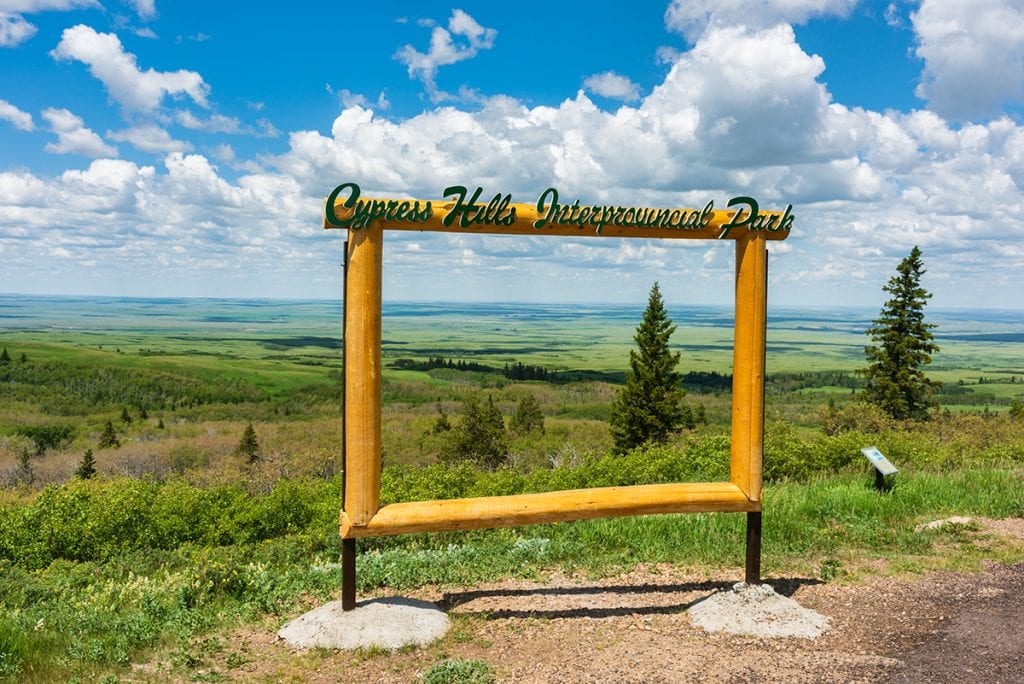
The Cypress Hills extend across the Alberta/Saskatchewan border and are home to Canada’s first interprovincial park. While we will focus on the Saskatchewan side here, you can find a detailed description of the Alberta section elsewhere.
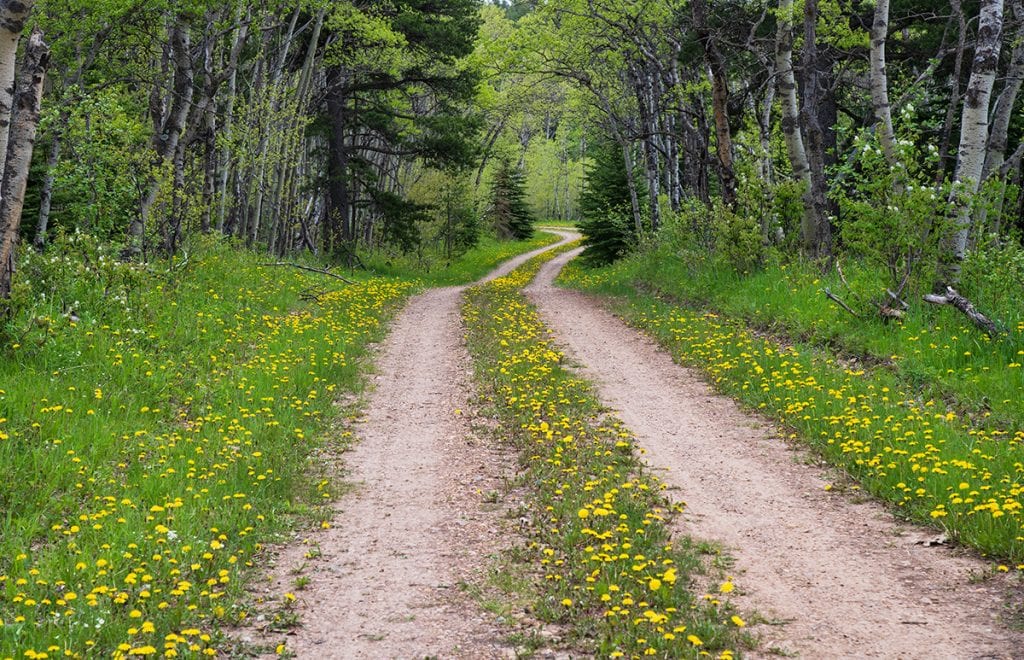
The Centre Block
The Saskatchewan side of Cypress Hills Interprovincial Park is split into two sections. The Centre Block, located south of Maple Creek on Highway 21, offers the most amenities for visitors, including a visitor information center, a store, a swimming pool, a golf course, and cabin accommodations at the Cypress Hills Resort. The park is also designated as a Dark Sky Preserve, featuring a large campground complex along with a dedicated Dark Sky Campground that hosts astronomy events each August.
Driving approximately 25 kilometers will take you on a loop route to many of the Centre Block’s highlights. Begin at the visitor center and head north alongside the west side of Loch Leven, a small lake perfect for water sports. Continue west along Valley Trail Road, a winding road that climbs the “Mickey Mouse Hills,” named for its rolling terrain with tall stands of pine.
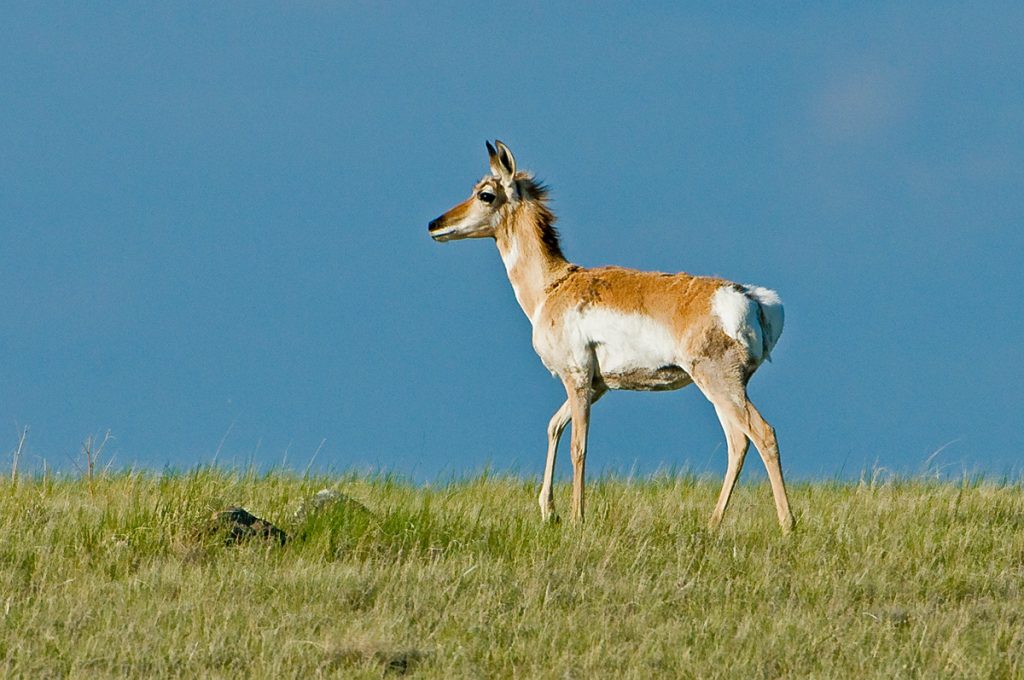
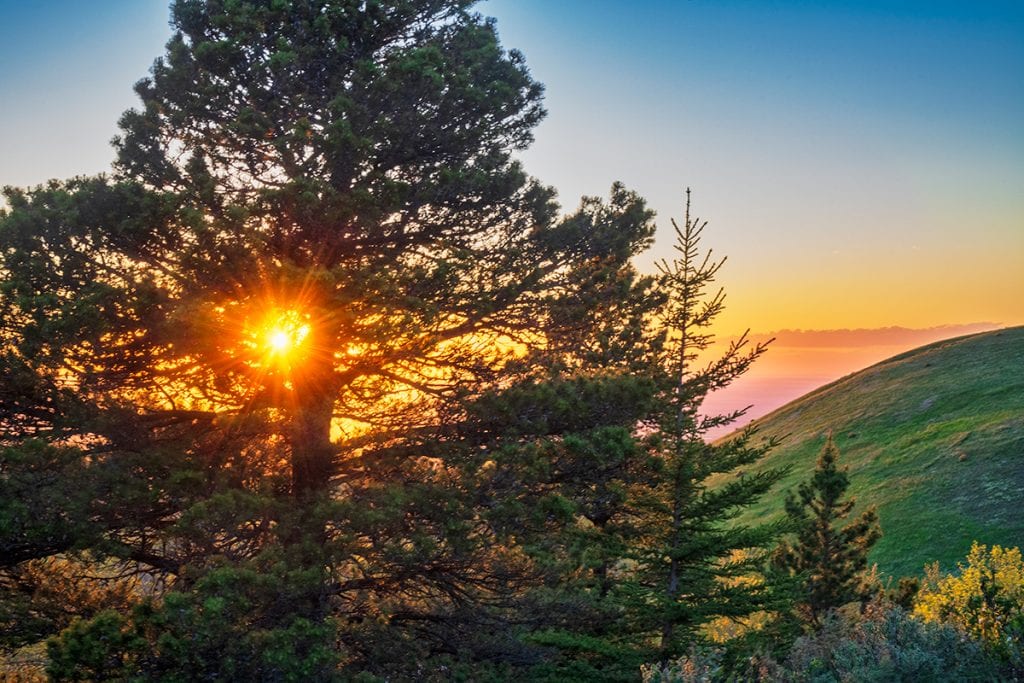
This leads to Bald Butte Road, where you will discover some of the most scenic viewpoints in the park. The first, aptly named Lookout Point, offers breathtaking views over the cliffs into the plains below; on a clear day, you can see Maple Creek, approximately 25 kilometers away.
A short drive further along the road brings you to Bald Butte, the highest point in the Centre Block at 1,281 meters. This spot is a favorite for watching sunsets due to its convenient proximity to the main park area. While the paved road concludes at Bald Butte, a well-maintained gravel road continues on a loop through wilder terrain, offering chances to spot wildlife such as moose, deer, pronghorn, and various bird species. The park is also home to a healthy population of cougars, although these elusive big cats tend to stay hidden.
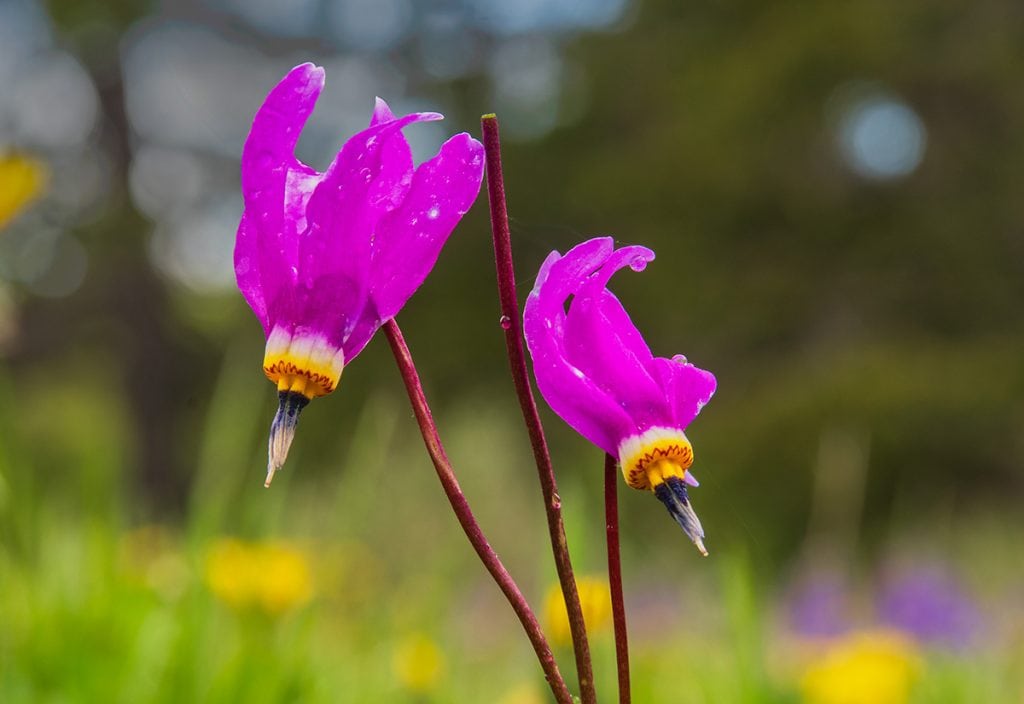
The park’s hiking trails attract many visitors, ranging from sections of the Trans Canada Trail, which spans the entirety of Cypress Hills, to several shorter nature trails. One of our personal favorites is the Highland Rotary Trail, a gentle loop that follows Lone Pine Creek. This picturesque forested valley is ideal for birdwatching and discovering blooming wildflowers.
For a closer look at a mature lodgepole pine forest, we recommend the 2.6-kilometer Whispering Pines Nature Trail. Additionally, the spring and summer months offer a vibrant display on the Native Prairie Trail, which showcases wildflowers alongside stunning views of the escarpment.
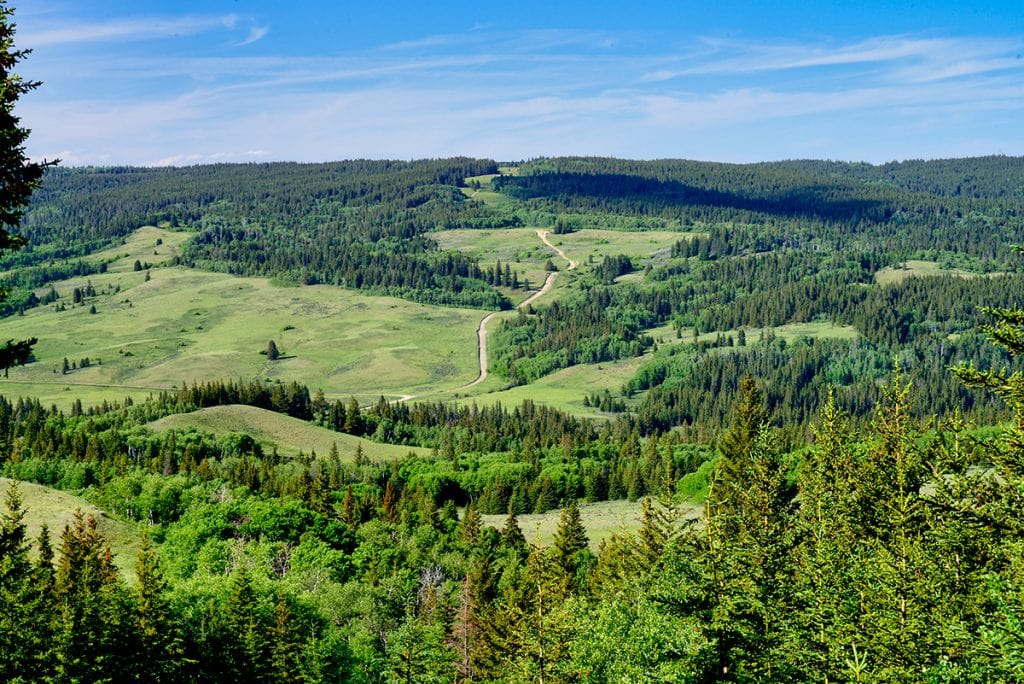
The Park’s Wilder West Block
As its name implies, the West Block of the park is located further west, adjacent to the Alberta border. This area is our favorite due to its wild, untamed beauty, fewer visitors, and breathtaking views at every corner. The entrance is well-marked off Highway 271, south of Maple Creek. From there, a narrow paved road begins its ascent up Six Mile Coulee Road, winding through switchbacks that lead up the escarpment.
The amenities here are basic, with only campsites located next to Battle Creek. The West Block offers no other accommodation options aside from camping. Many visitors choose to spend the day here while staying in the Centre Block, but we highly recommend camping overnight for a more immersive experience. Ensure you bring everything you need, as there are no shops in the West Block.
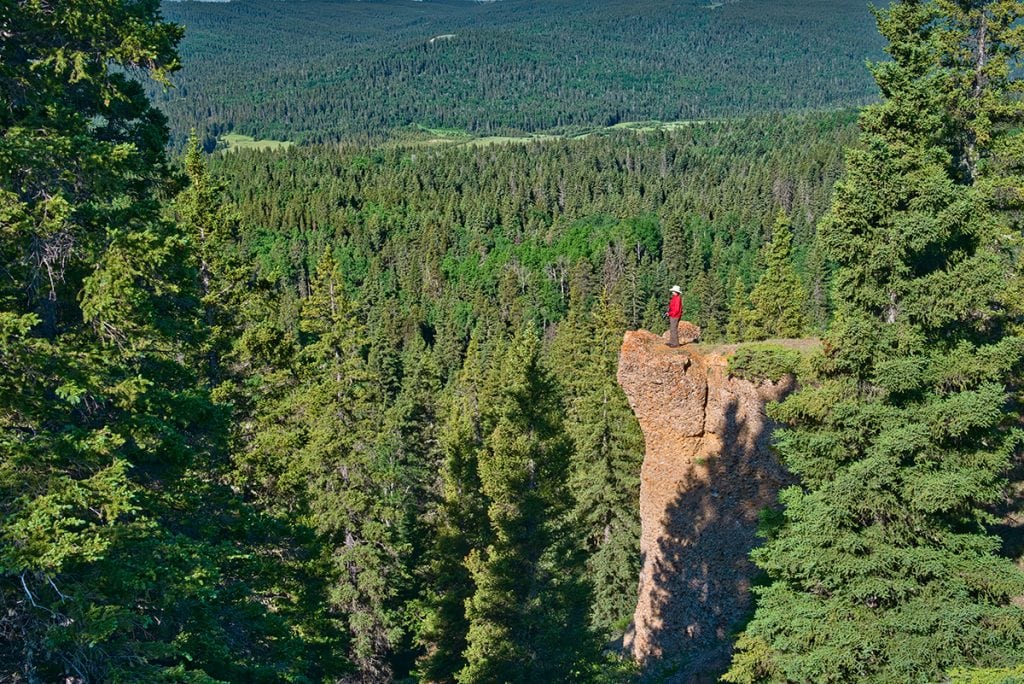
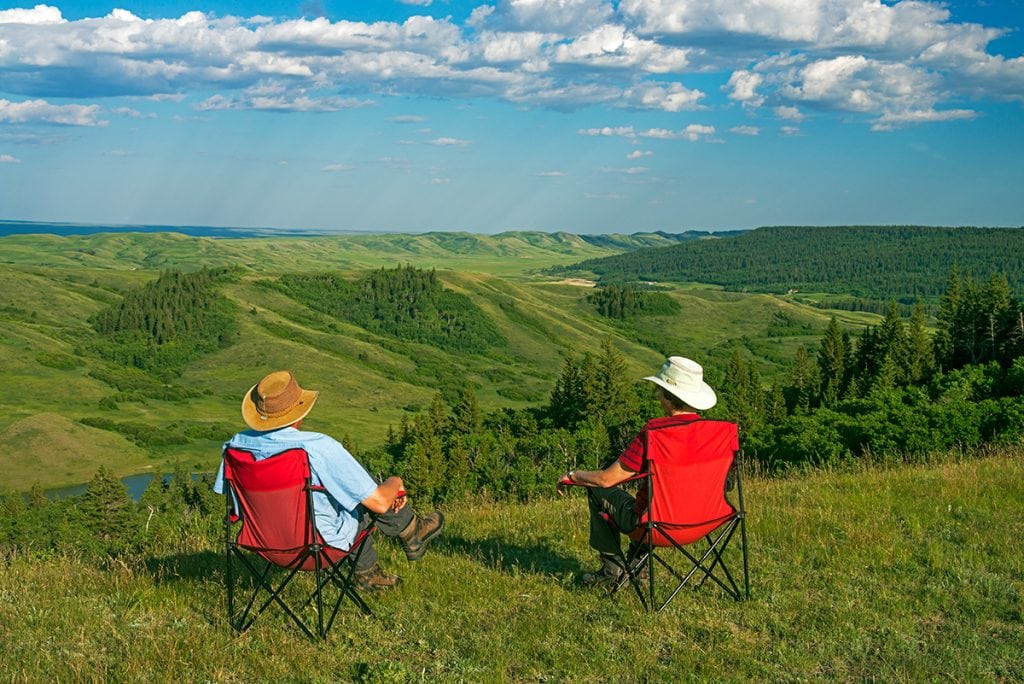
If we had to choose a singular must-see spot in the park, it would undoubtedly be the Conglomerate Cliffs. These fragile cliffs, composed of smooth, naturally cemented cobblestones shaped by ages of water flow, offer breathtaking views. At the top of the cliffs, the road ends at a plateau overlooking Adams Lake and the lush valley below, with rolling green hills stretching into the distance. While stunning at any time, the sunrise illuminates the east-facing cliffs with a warm red hue that feels particularly magical.
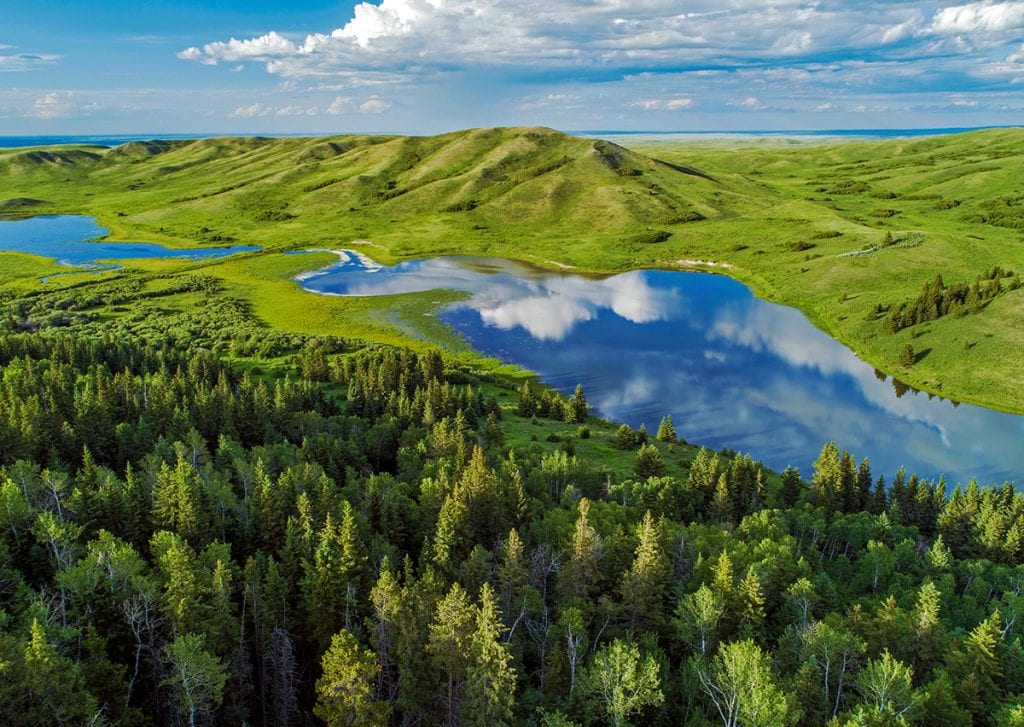
Accessing the Hidden Conglomerate Cliffs requires a short hike, as they are obscured from view by trees along the park’s roadways. You can reach them via a section of the Trans Canada Trail, starting from trailheads along Battle Creek Road, which runs through the West Block. Once arrived, the cliffs dramatically emerge from the valley rim, providing stunning panoramic views of the surrounding forest and Battle Creek Valley.
Battle Creek Road is a scenic route that winds through the valley alongside Battle Creek, with hillsides often adorned with vibrant wildflowers. Continuing further along, the road connects to the Alberta side of the interprovincial park.
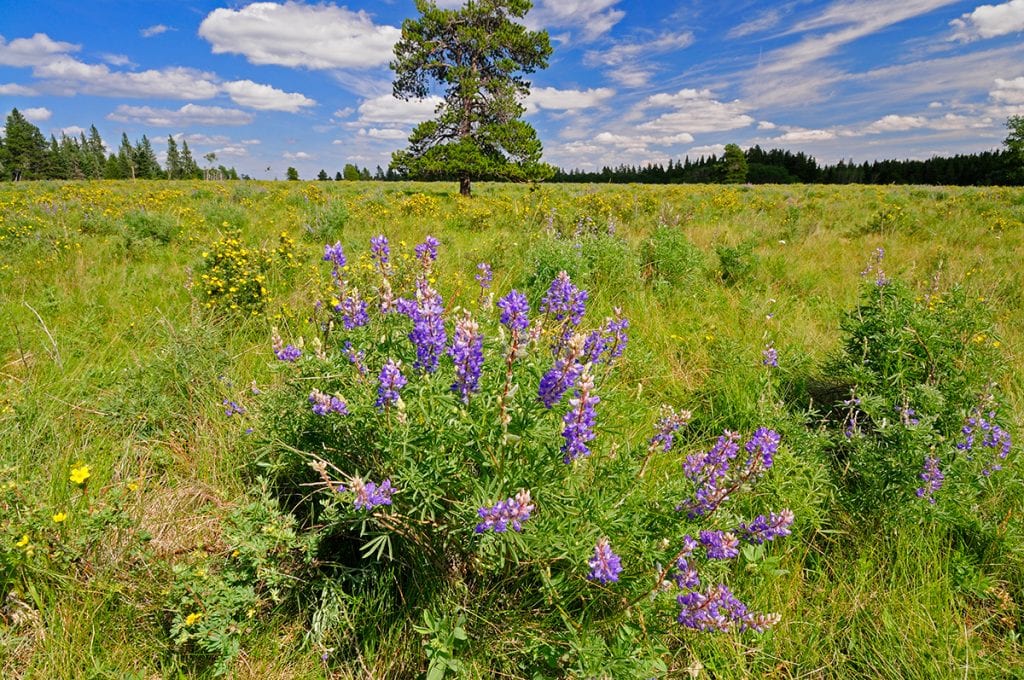
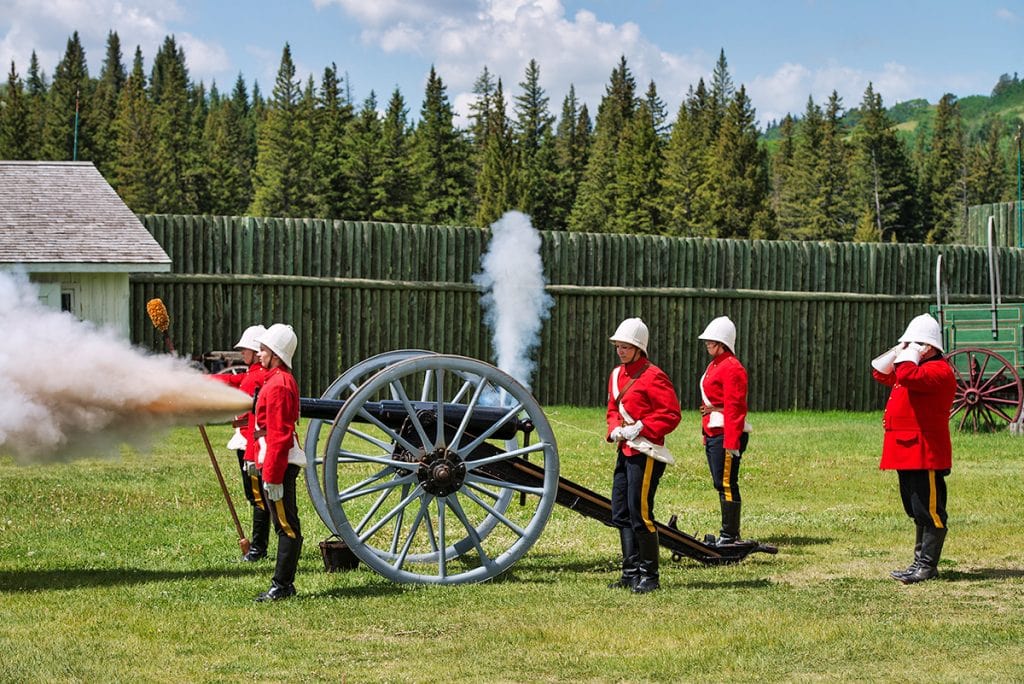
Reliving History at Fort Walsh
The West Block’s most visited attraction is Fort Walsh National Historic Site, a significant location in Western Canadian history. This site was the backdrop for the Cypress Hills Massacre in 1873, when American wolf hunters killed a group of Nakoda people, accusing them of horse theft. In response to this tragic event and the rising lawlessness in the region, the Canadian government established the North West Mounted Police, the precursor to today’s Royal Canadian Mounted Police (RCMP).
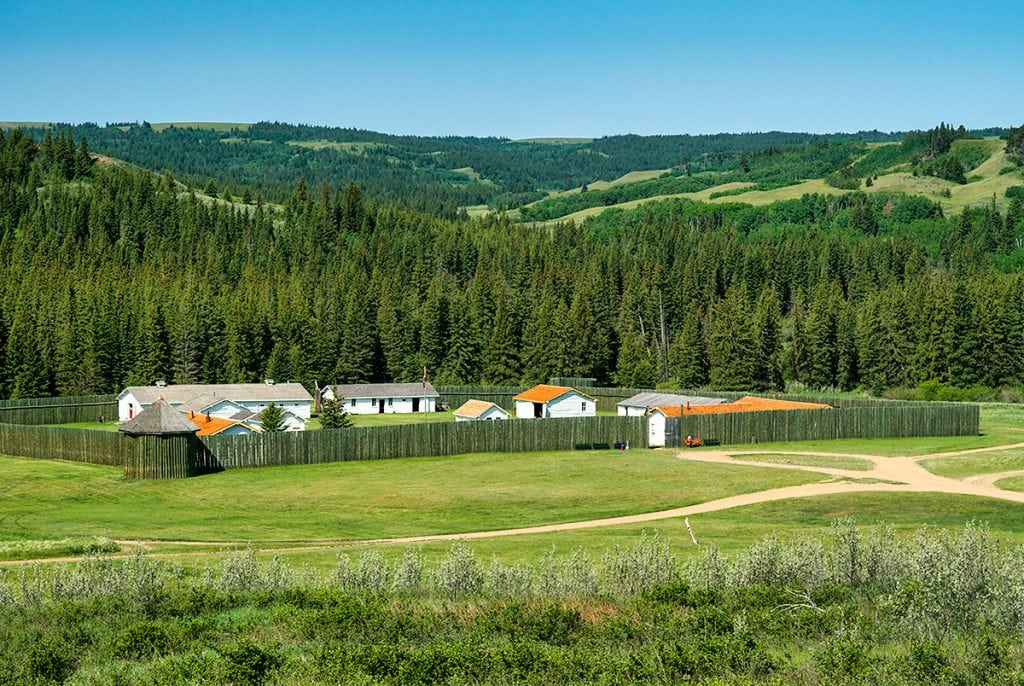
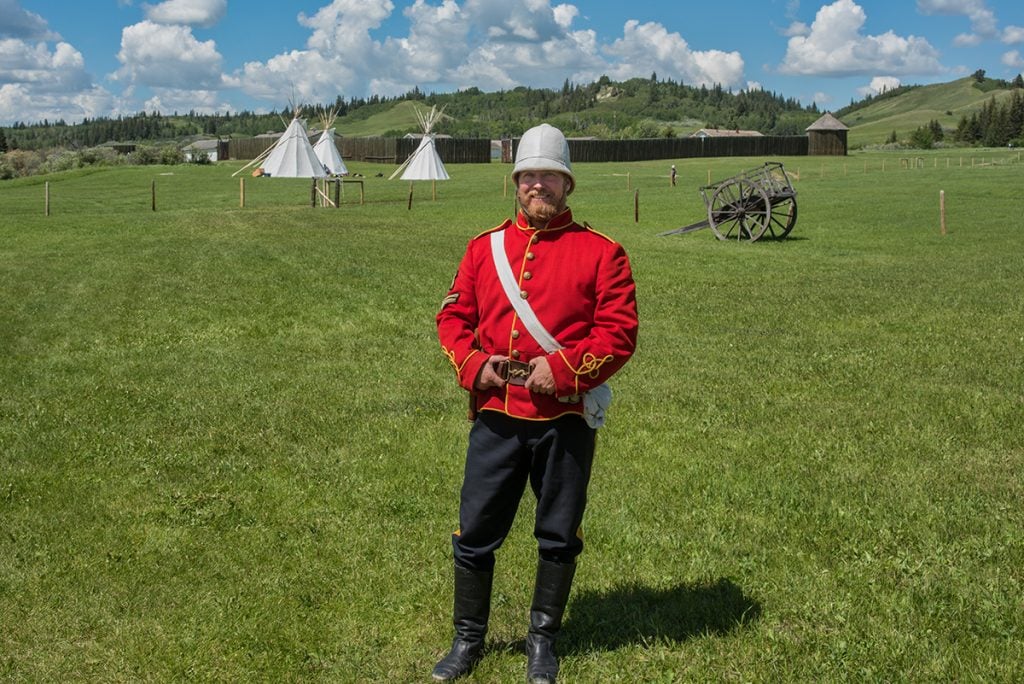
Named after Superintendent James Walsh, Fort Walsh served as the headquarters for the Mounties during the early days of settlement. It was later utilized by the RCMP to raise horses for their famous Musical Ride. Today, the site is preserved as a historic landmark where guides in period costumes narrate stories from the past as they walk you through several buildings to illustrate how the recruits lived and worked. The stunning valley backdrop also invites visitors to explore nearby hills and stroll along the beautiful Battle Creek.
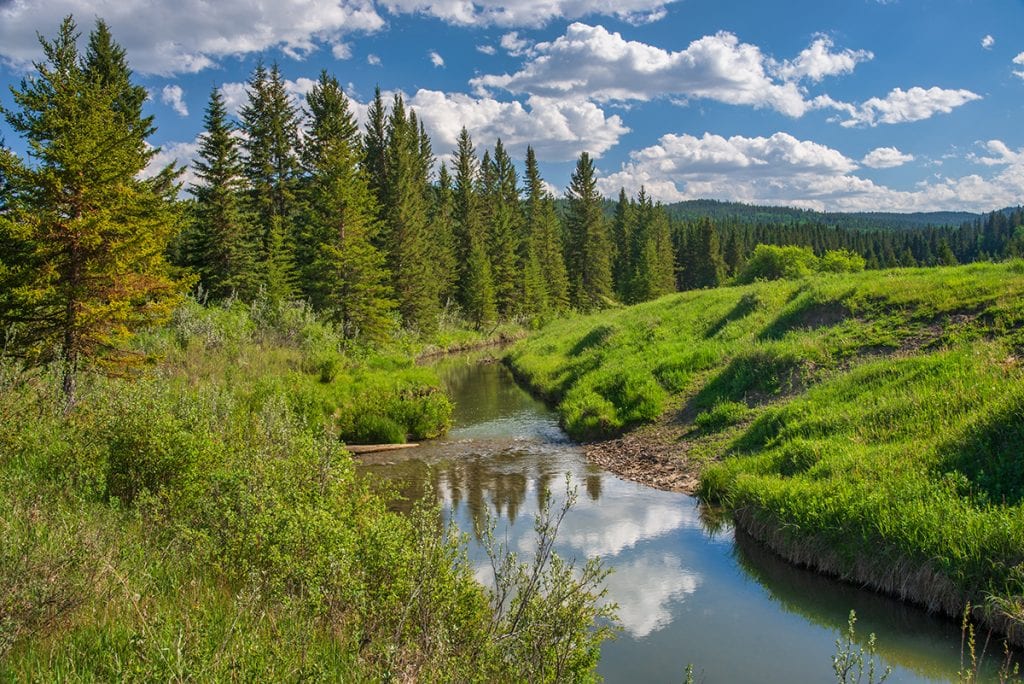
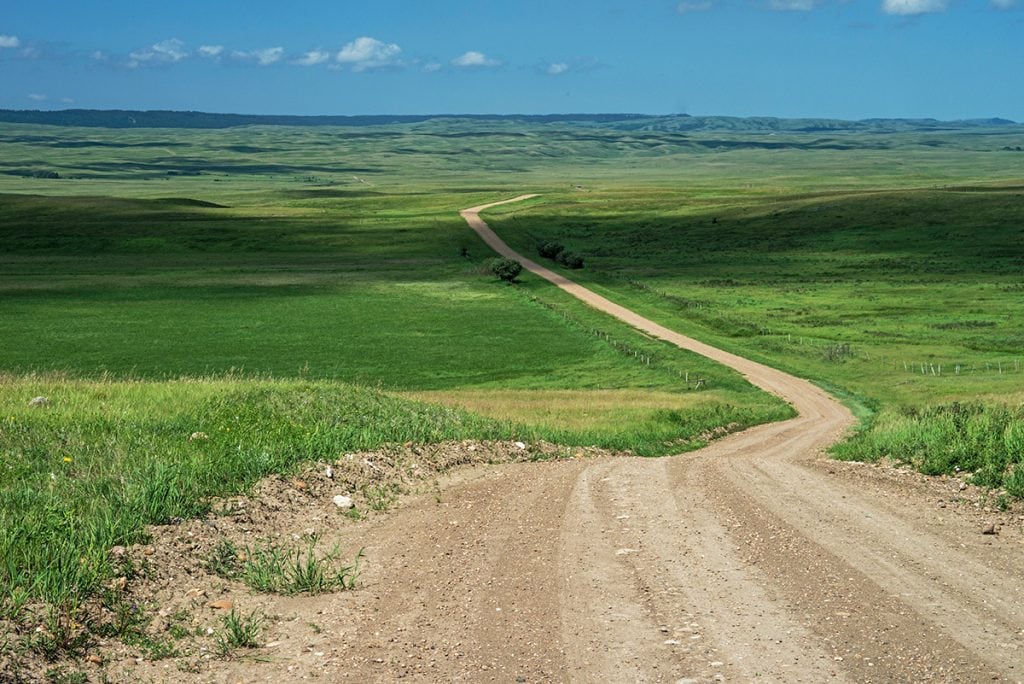
Driving the Gap Road
Part of the adventure of visiting the West Block is the journey itself. Most visitors return to Maple Creek via Highway 21, then take Highway 271 to reach the West Block. However, a more attractive and shorter route is along the Gap Road, which connects the two blocks. The 20-kilometer stretch crosses ranch land, offering sweeping views of expansive landscapes.
Although the road may be rough at times, most vehicles can navigate it in dry conditions. Avoid traveling this road after rain. For current conditions, check with the park visitor center for guidance.
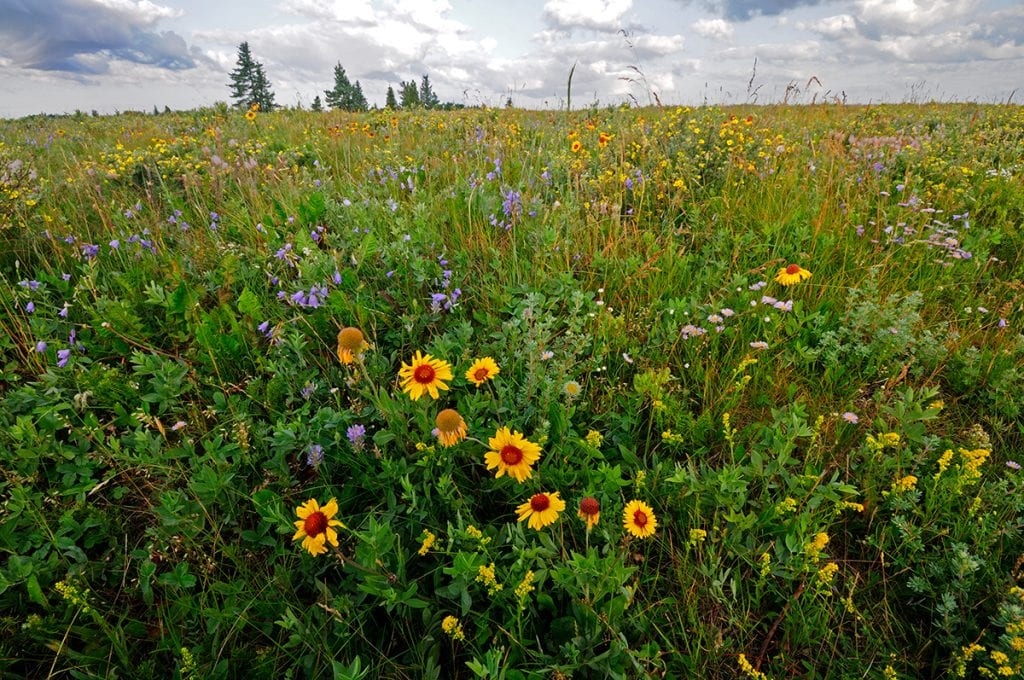
When to Visit the Cypress Hills
Every season offers unique attractions. During summer, visitors can enjoy spectacular wildflower displays, particularly after sufficient rainfall. This season also features special programming at Fort Walsh, astronomy events at the Dark Sky Observatory, and the Summer Star Party in partnership with the Royal Astronomical Society of Canada in August.
Spring is equally inviting, with pleasant weather and much lower visitor numbers. If you’re interested in the park’s renowned wild orchids, spring and early summer are the best times to visit, as some species bloom quite early in the season.
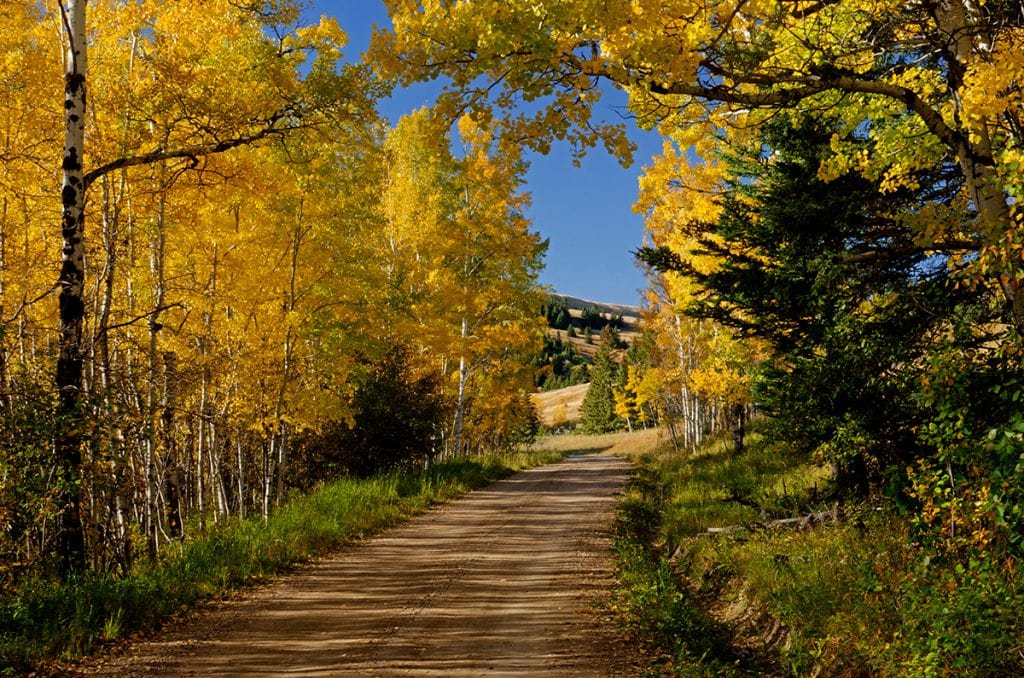
The combination of habitats in the Cypress Hills makes it an excellent location for experiencing fall colors, with vibrant greens and golds intermingling from the pine, spruce, and deciduous trees. The colorful foliage here typically lasts longer than in northern forests. While each year varies, one of the best displays we witnessed occurred over a Thanksgiving weekend in early October.
Due to its higher elevation, the Cypress Hills tend to receive substantial snow earlier than the surrounding plains. Winter provides fantastic opportunities for snowshoeing, traversing cross-country ski trails, and enjoying the serene, snow-covered landscapes.
For more things to do in Saskatchewan, browse our other travel guides below:



